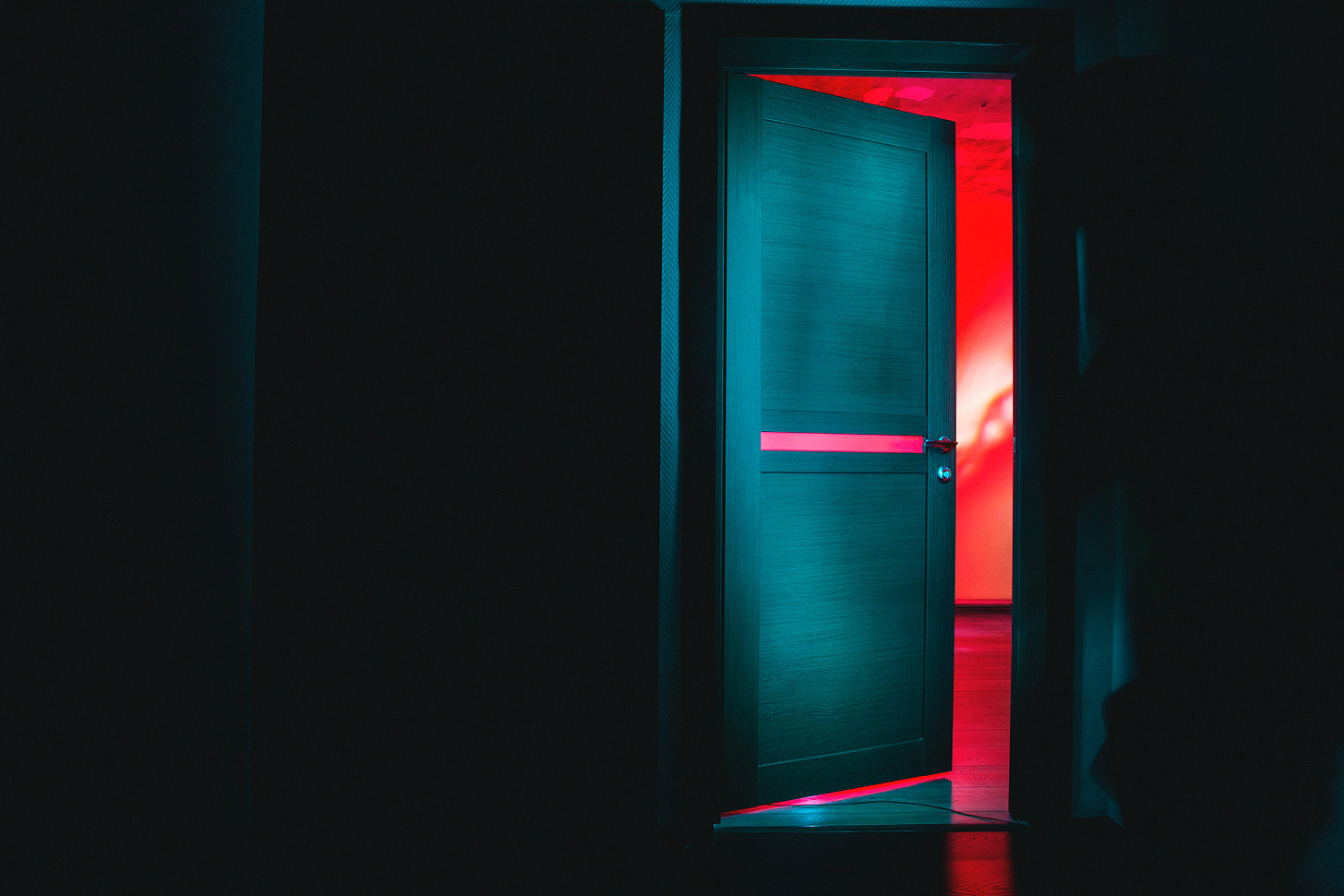
In the past few years, things have gotten more complicated for aspiring UX Designers. Unfortunately (in the US at least), the layoffs paired with the rise of bootcamp programs have made the field increasingly more competitive for juniors and seniors alike. Watching this situation unfold from Europe has made me think about when I first started in the field: my first portfolio was far from perfect, yet at the time I was able to secure a first internship which helped me jumpstart my career. So,
How can aspiring UX designers land their first position in 2023?
Last month however I stumbled upon a concept through a video by YouTube’s productivity guru Ali Abdaal which I find very fitting when it comes to answering this complex question, called The Third Door. The homonymous book by Alex Banayan goes deep into the topic, which he explains like this:
Life, business, success... it's just like a nightclub. There are always three ways in. There's the First Door: the main entrance, where ninety-nine percent of people wait in line, hoping to get in. The Second Door: the VIP entrance, where the billionaires and celebrities slip through. But what no one tells you is that there is always, always... the Third Door. It's the entrance where you have to jump out of line, run down the alley, bang on the door a hundred times, climb over the dumpster, crack open the window, sneak through the kitchen—there's always a way in.
When I was thinking back to my own experience and the ones of people I know in the industry, I immediately recognized examples of the Third Door:
When I was still a student, I took part in a 2-day hackathon (through my university) where I was the only designer in the team. A manager who worked at one of the companies that were sponsoring the event told me that they were currently looking for UX Designers and to send in my CV to them if I wished to.
The two interns at the company I currently work at also had a similar experience: they participated in the hackathon offered by my company, stood out for their skills, and were offered the internship.
While I was doing my internship abroad in 2018 I would often post about it on social media. One of my followers was the owner of a design agency and asked me to come in for an interview when I got back to Italy as he was impressed with my journey.
When I was looking for a new job in 2021, I applied for a position at a local tech company. What I hadn’t realized was that I actually knew a lot of people working there from the tech meetup in my town that I would often attend - many of them vouched for me during the selection process, a thing which helped me go straight to being interviewed (and eventually landing the job).
If you are looking for freelance clients, attending meetups outside of your field can help you stand out as the only designer and therefore land new projects1
So to sum up, here are a few things you can do to get a first UX job through the Third Door:
Take part in hackathons and UX challenges - if not to find a job, to be able to network and add a new project to your portfolio
Stay active on social media, you never know who’s following!
Attend meetups and conferences, even those outside of the design field (you could also apply as a volunteer!)
Want to improve your networking skills? Check out The Beginner’s Guide to Networking by The Developer Bee!
Follow me at Smashing Conference Antwerp!
In the previous section, I suggested participating in a conference as a volunteer. It’s a tip I had often heard myself and decided to finally try it out for myself when I read the amazing lineup for the Smashing Conference in Antwerp, Belgium 🇧🇪!
I will be sharing the highlights of the experience in this newsletter, but if you wish to follow me along the journey, check out my TikTok profile @stellauxdesign
Book recommendation: Designing Interfaces - Patterns for Effective Interaction Design by J. Tidwell, C. Brewer and A. Valencia
Especially if you are a beginner working on your own, it’s easy to get stuck when designing a new interface. This book is a great manual to always keep on the shelf: it covers basically any possible component and pattern, from organizing content to wayfinding to showcasing data. I personally got it as a young solo designer back at my first job and I still look at it from time to time when I need to go over the best practices for a particular part of the interface I’m designing.
Struggling with your portfolio?
I’m thinking about building a live, 4/6 week, hands-on, cohort-based course for aspiring and junior UX Designers on how to create their first portfolio website. You’ll learn what makes a successful portfolio and be able to create your own through a guided process. This will help you finish up your portfolio in less time and get my support as well as your peers’! After being a designer for 5+ years and mentoring for the past two years, I have gathered a lot of knowledge on UX portfolios. Now I’d love to teach you. Fill out this survey to get on the waitlist & be the first to hear when enrollments open: https://maven.com/forms/72ea57



